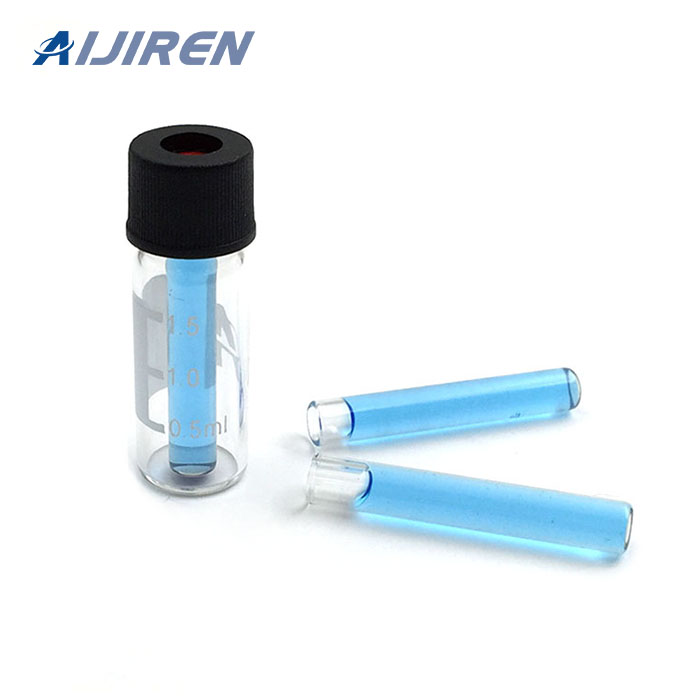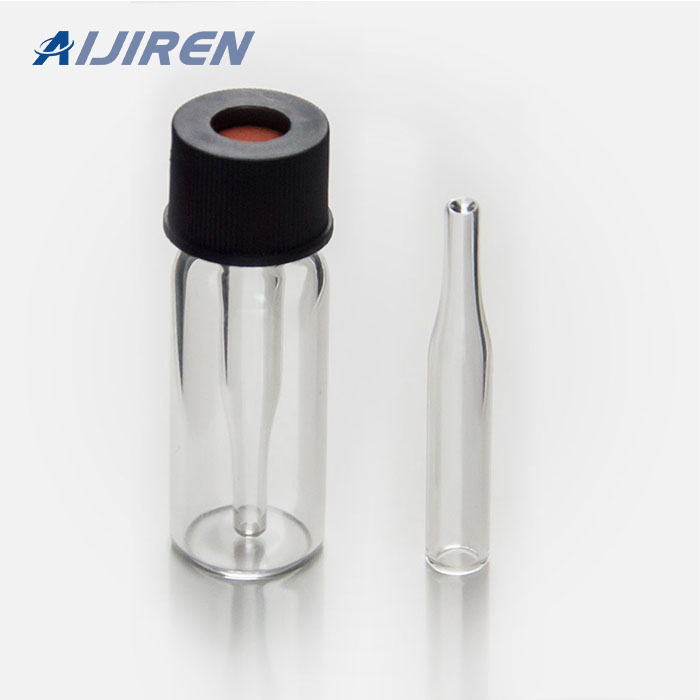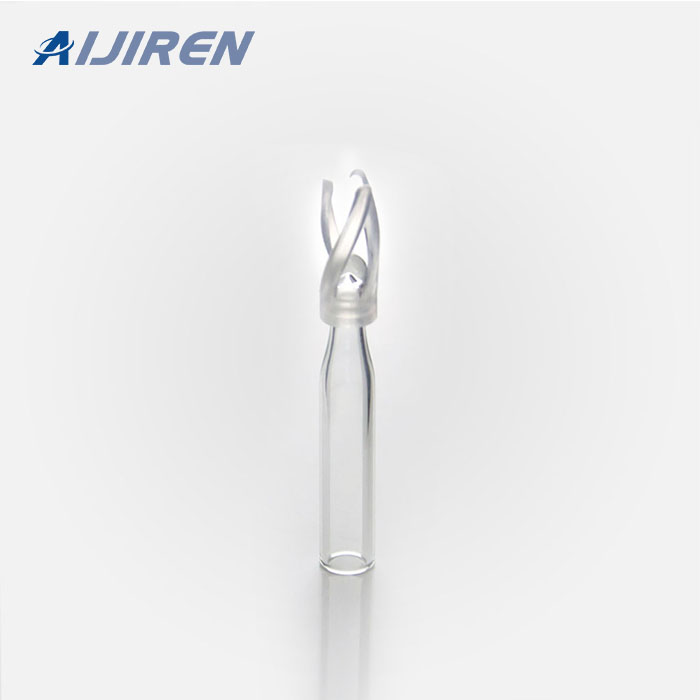





Small-diameter, thin-wall seamless tubing of tungsten has been fabricated in lengths of up to 10 feet by hot extrusion over a floating mandrel. Extrusion of 0.50-inch-diameter tubing over 0.4-inch-diameter mandrels was accomplished at temperatures ranging from 3000 degrees to 4000 degrees F. 75 FR 34482 - Certain Aluminum Extrusions From China
Micro-Inserts & Shell Vials & Racks &Crimper 100pcs/pack. IP150. 150ul Insert with mandrel interior and polymer feet, 29*5mm; suits for ND8 Vials. IP250. 250ul Insert with mandrel interior and polymer feet, 29*5.7mm; suits for ND9 Vials. I200. 200ul Micro-Insert,31*5mm,clear glass,flat bottom; suits for ND8 Vials. I300
The QSertVial™ is the ultimate microsampling device. It contains a 300 μL glass insert that is fused to the vial to form one precise integral unit. The rim of the insert is positioned slightly above the top of the vial so the septum can make a secure seal with the closure, eliminating evaporation and cross contamination. The insert is centered into the vial, 2 mm from the bottom
Pure ChromatographyPure Chromatographywww.restek.comLit. Cat.# GNCT2043-UNV © 2015 Restek Corporation. All rights
150µl Vial Insert with Mandrel Interior & Polymer Feet. 29*8mm 100/pk Compatible with standard & wide opening screw-thread vials, centres automatically with flat bottom and mandrel interior, type 1 Borosilicate glass.
V4091, 250ΜL INSERT, FOR 9MM VIAL 250uL Insert with mandrel interior and polymer feet, 29*5.7mm, for 9mm Vials, 100ea/pkg Quantity Available: Min Price: Category: Chemicals | Chemical Plant Equipment & Supplies
This book puts the language of nursing, medicine and the healthcare professions at your fingertips. Covering nearly every health care profession, this book reflects the most current healthcare information.
compatible with Aijiren wide opening screw top, crimp top and snap top vials. Conical Inserts with Polymer Feet (2714M52, N29, N42) With the correct default setting on an autosampler, these inserts have practically no dead volume. The syringe needle can strike the bottom of the insert without
Micro Inserts for 2ML Vials / Shell Vials and PP Conical Vials. These inserts all have a nominal O.D. of 6mm and 5mm to fit CCI TM wide opening vials. Polyspring inserts are self-centring with a spring to provide a cushion against needle contact. Precision point inserts residual sample losses. Inserts starts from 2ul residual sample volume.
If you are looking for micro-inserts for your chromatography vials, we supply them in conical bottom, flat bottom, with Mandrel Interior's and Polymer Feet forms. They are also designed to fit several sizes of chromatography vials such as ND8, ND9, and 8-425 threaded vials.
1.5mL 8-425 Screw Neck Vial ND8 1.5mL 9mm Short Thread Vial ND9 1.5mL 10-425 Screw Neck Vial ND10 1.5mL 11mm Snap Ring Vials ND11 1.5mL 11mm Crimp Ring Vials ND11 4mL 13-425 Screw Neck Vial ND13 1mL Shell Vial Micro-Inserts Vial Racks Hand Crimper, Decrimper
China 1.5ml 8-425 Screw Neck Vial Autosampler Vial Micro-Inserts IV150/IV150I, Find details about China 8-425 Vial, HPLC Vial from 1.5ml 8-425 Screw Neck Vial Autosampler Vial Micro-Inserts IV150/IV150I - Zhejiang Aijiren Technology, Inc.
If the reagent to be tested by the customer is very precious and the capacity of 2ml vial is too large, 8-425 2ml Autosampler Vials can be used with different types of micro-insert. There are 3 types of micro-insert, 29*5mm 150uL micro-insert with mandrel interior&polymer feet, 150uL conical bottom micro-insert and 250uL flat bottom micro-insert.
Micro volume vial inserts can be used with screw tops, crimp top, or snap top vials. All conical styles of inserts are offered with the traditional pulled point as well as the improved mandrel point. Pulled point inserts are more economical, but mandrel point inserts provide a more pointed and uniform tip that enables better sample recovery.
Transfer all buffers and samples into vials, and place them in proper trays. Hold buffers H and D at 25 °C (tray 25 °C); on the other hand, hold the samples and quenching buffer at 0 - 2 °C (tray 0 °C). Place the samples in 150-µL glass inserts (see the Table of Materials) first, and then transfer them into vials. Preparation of the instrument